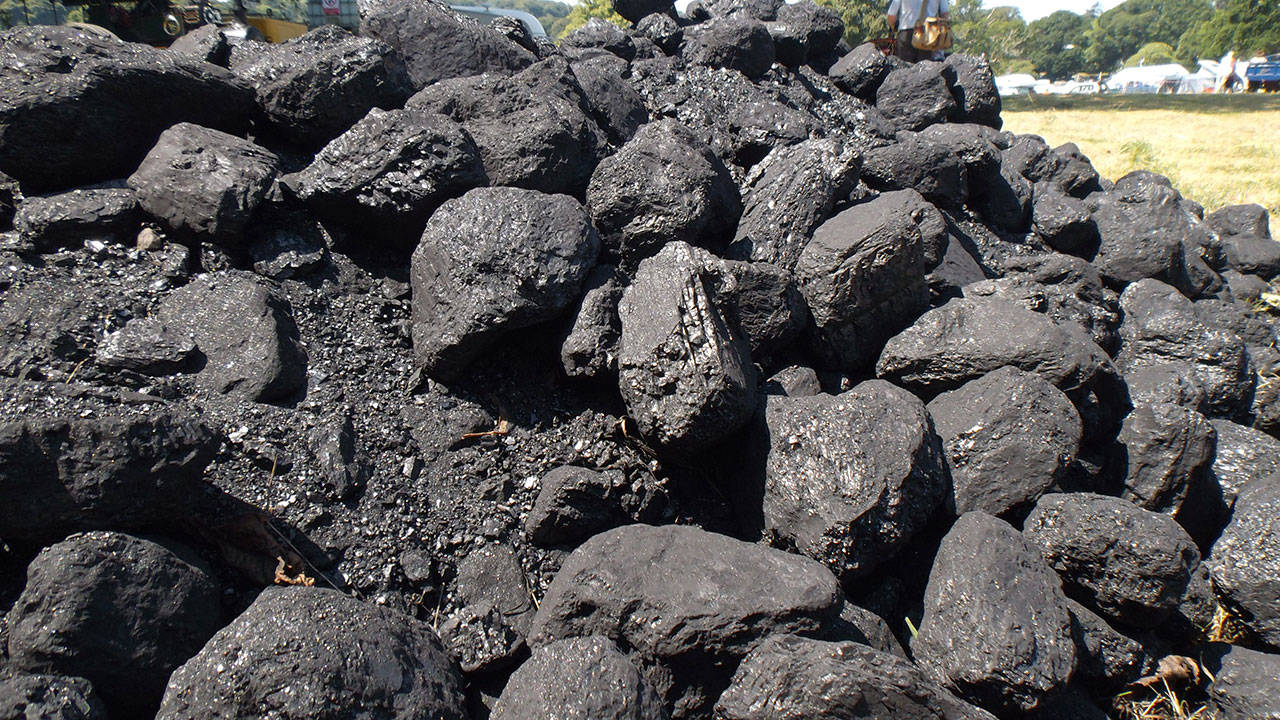Exit polling funded by Washington state conservation groups found that a majority of residents support climate initiatives.
The exit polling was supported by the Audubon of Washington and The Nature Conservancy, and representatives held a web press conference Jan. 10 to discuss their findings. In the poll, they interviewed more than 1,200 voters from the Nov. 2018 election on why they voted on carbon fee Initiative 1631 — which was rejected — and their overall support for climate and carbon laws.
On I-1631, the poll found that 34 percent said they voted yes, and another 31 percent said they supported some sort of legislation, but that I-1631 was too flawed and that a better initiative is preferred. Combined, these voters outweighed the 25 percent who said the state doesn’t need to take action and who opposed I-1631. Moderate Republicans under age 55, union members, and non-college educated women were more highly represented in the 31 percent who said they support climate legislation, but not I-1631.
Overall, around 80 percent of Washington state voters think climate change is happening in some way, and 64 percent of voters either strongly or somewhat support the state taking action on climate change. The strongest support for climate change policy comes from voters under age 40 and voters of color, according to the poll.
I-1631 would have created a a $15 per metric ton fee on carbon emissions beginning in 2020, which would have risen by $2 each year until the state met its goal of reducing carbon emissions below 1990 levels. The initiative would have taken the money from the fee and reinvested it into clean energy projects, providing pensions and economic support for displaced energy workers and investing in communities that will be hit hardest by climate change. The initiative was rejected by more than 56 percent of voters.
The initiative was proposed after the failure of I-732 in 2016, which would have taken the revenue and returned it directly to state residents.
David Metz, president of Fairbank, Maslin, Maullin, Metz and Associates, said during the Jan. 10 presentation that past polling suggests voters would more likely support investments instead of dividends.
“What we found pretty consistently is voters are much more enthusiastic about investing revenue,” he said.
Researchers from the University of Washington told Seattle Weekly in previous reporting there are two ways in which revenues can be used to benefit residents: through dividends or investments in infrastructure, and offsetting the effects of transitioning away from fossil fuel. While investments in infrastructure may benefit people in the long run, if increased costs aren’t offset in the short term, people may be less likely to support carbon pricing.
Following I-1631’s defeat on the November ballot, Gov. Jay Inslee and the Democratic-controlled Legislature will be pushing for other clean energy measures in the 2019 session. Inslee announced a proposal in December to reduce the state’s use of fossil fuels by 2035. Included in this is a push to use entirely clean and renewable energy in the energy grid, building cleaner buildings, and promoting the use of electric vehicles.
If the proposal to create a completely green power grid passes, Washington state would join California and Hawaii in de-carbonizing its energy sector, Metz said. By making investments in wind and solar energy, Washington and Oregon could fully de-carbonize their power grids by mid-century. Of the voters polled, 65 percent said they would strongly or somewhat support a green energy grid, and 71 percent of people who felt that I-1631 was too flawed said they were behind a 100 percent green energy proposal.
The poll found that households making the least amount of money — those bringing in under $50,000 annually — had a 76 percent support rate for a clean energy grid. Some 56 percent of those polled said they would prefer to pay a little more to ensure their electricity is coming from clean and renewable sources, compared with 34 who would prefer to pay the same rates even if the power is from dirty sources.
Talk to us
Please share your story tips by emailing editor@kentreporter.com.
To share your opinion for publication, submit a letter through our website https://www.kentreporter.com/submit-letter/. Include your name, address and daytime phone number. (We’ll only publish your name and hometown.) Please keep letters to 300 words or less.

